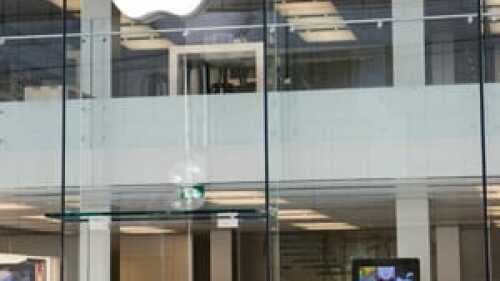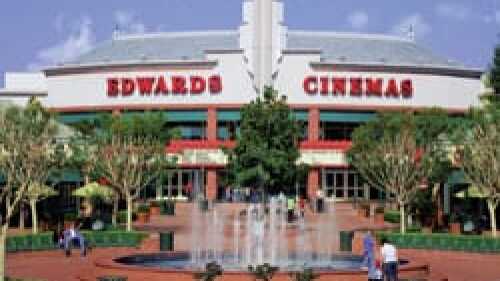Public
Used to mark an article as "public". Serves Piano. Look at the Code Snippets plugin for how this category/tag is sent to Piano.
Experts see the near-term prospects for retail development and financing as healthier than expected. Larger national tenants are looking to expand into more markets and infill locations, while urban community-oriented retailers are studying smaller formats that are able to adapt rapidly. Read about these responses to shifting needs, as well as others in the areas of green incentives and urban development.
Five commercial/retail development experts discuss the sector, examining the near-term prospects for development and financing, strategies for making retail centers thrive, and the impact of online retailers and social media. Read where current growth is in the sector, and how big-box facilities are being reconfigured to meet the shift in demand.
As the economy recovers, an enduring shift is taking place in the retail landscape. Hard-hit by the severe economic downturn, the huge baby boomer generation is not likely to lead a spending revival the way it did after previous recessions. Instead, the more important demographic will be generation Y. Learn the surprising impact this could have for a much maligned format—the enclosed mall.
An international panel of real estate and land use experts convened by ULI advised the city of Chester, England, on how best to revive its aging retail district and leverage those efforts to create further revitalization programs. The city is trying to be “too many things to too many people,” panel members said. Read what areas the panel suggested Chester should focus on.
In his book Retail Rescue, architect Ronald Altoon touches on broad topics, listing 11 ideas to create memorable destinations that transcend identification solely as retail centers, such as contextual evaluation, urban framework/infrastructure environment, and “they don’t know what they don’t know.” Read Howard Kozloff’s review.
With some U.K. retail and retail-led mixed-use schemes having restarted or started recently and a swathe of major food retailers highlighting their ambitious new store opening strategies, the industry mood is much more upbeat than 12 months ago. Read which U.S. development tool is expected to make several projects more viable than they would be otherwise.
Commercial real estate services firm Grubb & Ellis forecasts U.S. retail sales and leasing to “ramp up gradually” this year. The forecast also includes a metro retail market strength analysis for 2011-2015. In terms of leasing, retailers are repositioning stores to more high-profile locations to take advantage of favorable rental rates, and vacancy rates are expected to begin coming down from a 10+% peak. Read which metros of the United States are predicted to lead the way in growth.
As happens during a recession, consumer spending in the United States declined 3% in 2009, according to the latest Consumer Expenditure Survey released recently by the U.S. Bureau of Labor Statistics. Read more about which metros had the most drops in spending dining out and in entertainment – two areas of interest to ULI members involved in retail and mixed-use developments.
How are resort operators and developers rethinking the world of leisure? Who will be buying second homes in the coming years? What impacts will changing consumer behaviors, demographic, new technologies, and a recovering economy have on future resort projects? When moderator Toni Alexander, president and creative director of Newport Beach, California–based InterCommunications, Inc., asked five industry experts to respond to these questions at a session, the result was a lively and insightful discussion.
Trends are neither destiny nor gospel. They are guideposts identified from the collective experience of many professionals within an industry. In the resort, recreation, and tourism industry, numerous trends identified through experience and expectations are emerging to influence how and where people will buy and use resort real estate. Society is changing fast, and the economic conditions of the past two years have created much uncertainly. But what is discernible is that current trends are focused on valuedriven buyers, downsized purchases for personal use, and scalability.




